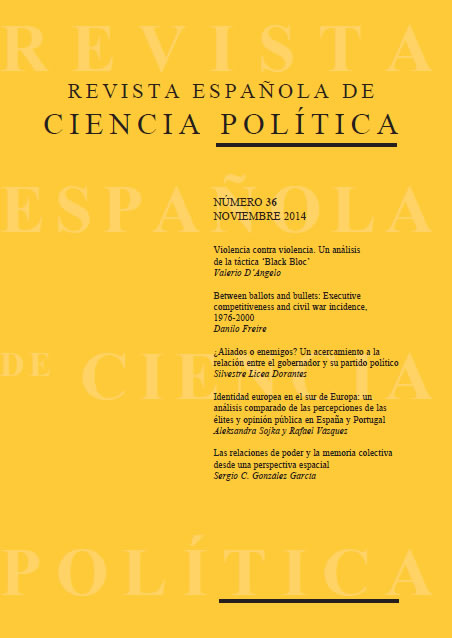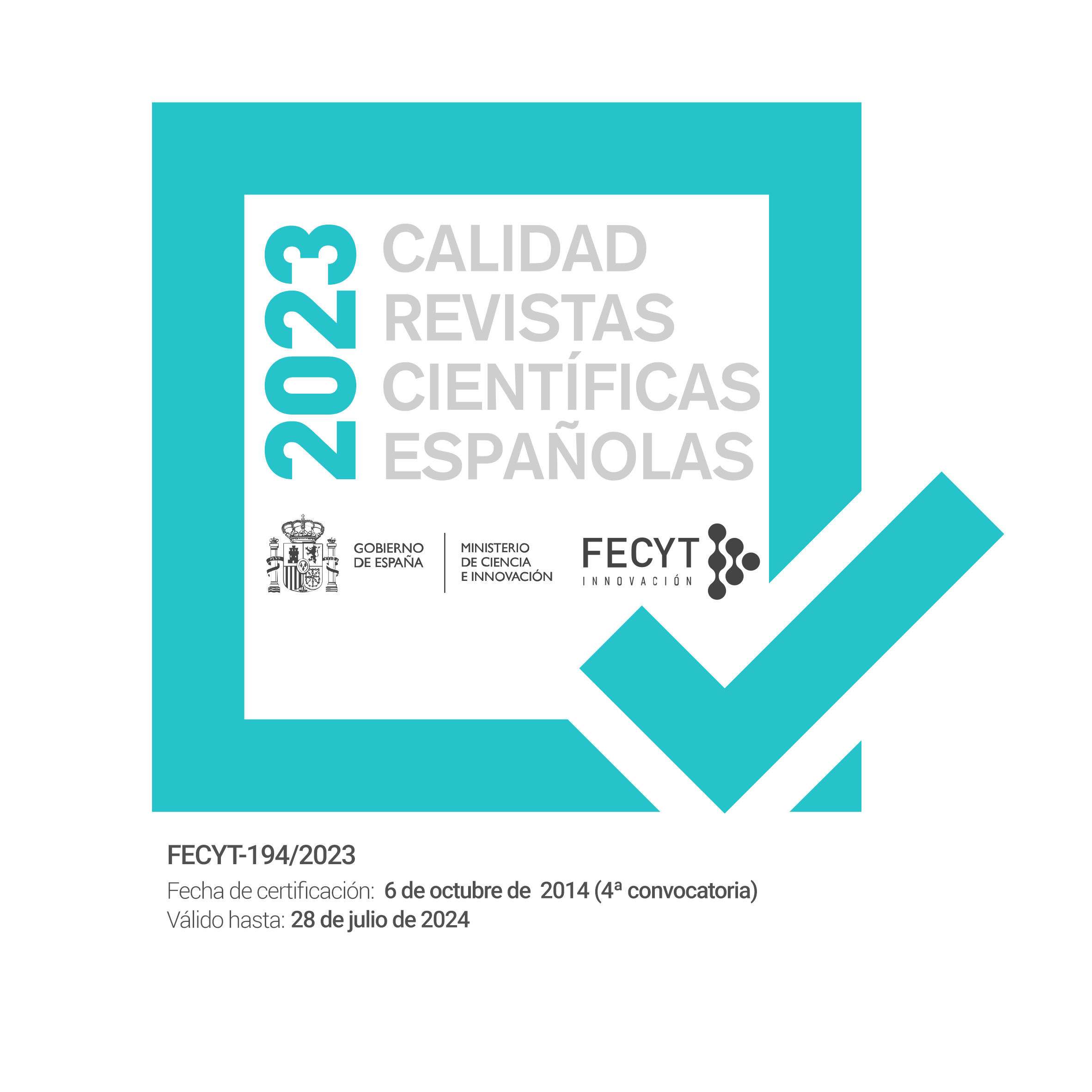Between ballots and bullets: Executive competitiveness and civil war incidence, 1976-2000
Palabras clave:
civil wars, elections, executive branch, political regimes, political violenceResumen
Although recent research has yielded some determining elements to civil war, the influence of politicalfactors on internal conflicts remains disputed. This article presents a critical review of the mostwidely used indices of democracy in civil war studies, and suggests that the competitiveness ofthe executive power can be a useful measure for quantitative conflict research. The paper alsoanalyses, by means of statistical regression, the relationship between the competitiveness in theexecutive recruitment and civil war incidence from 1976 to 2000. The findings indicate that bothsingle-candidate and multi-party elections reduce the incidence of civil war. Furthermore, theresults lend support to the hypotheses put forward by recent literature that ethnic fractionalisation,mountainous terrain, large population and centralised political systems significantly heighten therisk of incidence of civil war, while high GDP per capita and economic growth decrease the likelihoodof internal conflicts.Descargas
Los datos de descargas todavía no están disponibles.
Descargas
Cómo citar
Freire, D. (2014). Between ballots and bullets: Executive competitiveness and civil war incidence, 1976-2000. Revista Española De Ciencia Política, (36), 35–62. Recuperado a partir de https://recyt.fecyt.es/index.php/recp/article/view/37638
Número
Sección
Artículos
Licencia
Derechos de autor 2014 Danilo Freire

Esta obra está bajo una licencia internacional Creative Commons Atribución-NoComercial-SinDerivadas 4.0.






